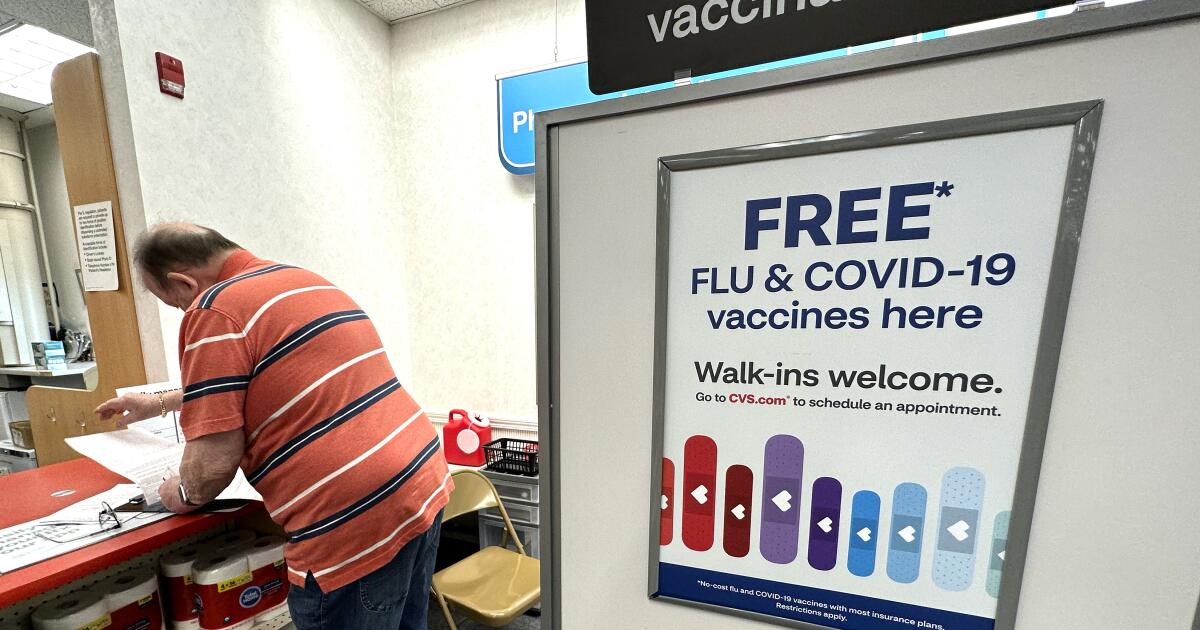Flu season is worsening in the United States, but it’s too early to tell the extent to which holiday gatherings are contributing to a possible increase in illness.
New government data released Friday for last week – the holiday week between Christmas and New Year’s – show 38 states had high or very high rates of respiratory illness, accompanied by fever, cough and other symptoms. That number is up from 31 states last week.
The measure could include people infected with COVID-19, RSV (respiratory syncytial virus) and other winter viruses, not just the flu. But the flu appears to be increasing dramatically, according to the Centers for Disease Control and Prevention (CDC).
“The numbers are expected to remain elevated over the next several weeks,” said the CDC’s Alicia Bader. But he said it’s been a mild flu season so far.
Interpreting flu reports during and after the holidays can be complicated, he said. Schools are closed. There are more people traveling. Some people decide not to see a doctor and stay home. Others, however, prefer to see a doctor.
Flu season typically peaks between December and February; CDC Director Dr. Mandy Cohen said she expects the outbreak to peak later this month. Officials say this season’s flu vaccines are designed to target the most widespread strains of the virus.
The Centers for Disease Control and Prevention estimates there have been at least 10 million cases, 110,000 hospitalizations and 6,500 deaths so far this flu season since early October. According to the agency, 27 children have died from the flu.
COVID-19 cases may not rise as fast as the flu this winter. Hospitalizations caused by the coronavirus have not yet reached levels seen over the past three winters, CDC data shows. Still, CDC data shows that more people are hospitalized with COVID-19 than with the flu.
The United States is experiencing a second surge of COVID-19, following a small peak in September, said Lauren Ancel Meyers of the University of Texas.
The Centers for Disease Control and Prevention (CDC) estimates that nearly two-thirds of cases in the United States are caused by a new coronavirus called JN.1. But health officials say there is no evidence it causes more severe illness than other recent variants.
___
The Associated Press Health & Science Department receives support from the Howard Hughes Medical Institute’s Science & Education Media Group. The Associated Press is solely responsible for all content.

